-
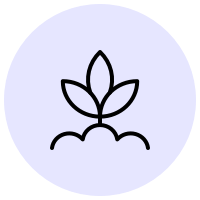
Organic farming
-

Vegan friendly
-

Hand crafted
-

Ambient yeast
-
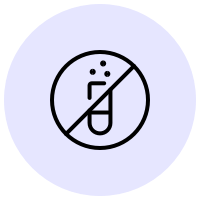
No chemicals
The Wine: Selvadolce Bianco Pigato Vermentino 2022
Tenuta Selvadolce Bianco Pigato Vermentino is a natural wine (orange wine) made from a blend of Pigato and Vermentino grapes in Liguria, Northwestern Italy. The 30-year-old vineyards are terraced at about 150 meters above sea level as it is traditional in Liguria, planted on calcareous soils; the grapes are hand-harvested.
The Producer: Tenuta Selvadolce
Tenuta Selvadolce Estate is located near Bordighera, Liguria, and is a project led by visionary oenologist and viticulturalist Aris Bancardi. Aris, who has a degree in veterinary medicine, was always determined to transform Selvadolce into a biodynamic estate. After completing course work in viticulture and horticulture, during which time he came in close contact with Nicolas Joly, he started the transition to biodynamic, adopting a pragmatic approach rather than a dogmatic one.
In the vineyard, he uses minimal intervention – 500 and 501 biodynamic preparations and not much else. In the cellar, Aris is equally non-interventionist, allowing for spontaneous fermentation and avoiding any type of filtration.
The Region: Liguria
Nestled along the Mediterranean coastline lies Liguria, a coastal region in northwest Italy best known as the Italian Riviera. Liguria is home to thyme-scented hillsides, charming coastal towns, and crisp white wines. The Mediterranean beaches of Liguria are pristine, having secured the Blue Flag status of excellence 8 years in a row. When you think of the Italian Riviera, you may picture Cinque Terre, a string of seaside villages famous for their pastel-colored buildings clustered along rugged cliff sides.
The Italian Riviera is not only a desirable destination for its sublime beauty but also for its spectacular wine and food. The Italian Riviera has a lengthy history of gastronomy and enology. It is understood that winemakers have been growing vines in the region for approximately 25 centuries.
We can trace Liguria’s first settlers to approximately 80,000 BC. To this day you can see cave drawings in Toirano that reflect ancient ways of life. Although Liguria’s history of winemaking is long and rich, the Italian Riviera is actually the second smallest wine-growing region in Italy. The steep coastal cliffs and craggy terrain present challenges for winemakers.
Vineyards in Liguria are small-scale and dispersed throughout the region - with some only reachable by boat. The bespoke nature of wine production in Liguria means that winemakers pay close and constant attention to their grapes, producing uniquely crafted wines for tourists and locals to enjoy.
Within the region there are different indigenous grapes and DOC wine categorizations worth noting. Liguria is comprised of four provinces: Genoa (capital), Imperia, La Spezia, and Savona. A few DOC wine areas of note are Cinque Terre, Colli di Luni, Colline di Levanto, Dolceacqua, Golfo del Tigullio (Portofino), Pornassio, Riviera Ligure di Ponente, and Val Polcevera.
THE TERROIR OF LIGURIA
The terrain in Liguria is mountainous and rugged with land jutting out into the sea. The Alps and Apennine mountains tumble into the Ligurian Sea forming a dramatic topography unique to the Italian Peninsula. The vineyards are peppered throughout the steep cliffs along the coastline, where local winemakers tend the vines on their terraced slopes. The region has almost no flat land, making traditional viticultural techniques difficult to maintain for mass production. The winemakers of the area pride themselves on an expert artisanal level of winemaking
The juxtaposition of valleys and steep carved mountains creates an entryway for streams and rivers that drain into the Ligurian Sea. The Alpine-Apennine mountain chain acts as a protective barrier for the vines against harsh winds. The oceanfront vines happily soak up the salty ocean mist, which directly impacts the grapes’ flavor and aroma, and the warm Mediterranean climate helps the vines ripen. The biggest challenge the region faces is drought and accessibility of the vines, which is why Ligurian wines are typically enjoyed in Liguria. Growers cultivate grapes on their terraces, which are cut from the rocky rugged slopes. This makes Ligurian soil very high in mineral-rich limestone, sand, and some maritime clay. The drier, sunny climate helps the Italian Riviera produce wines with higher sugar content.
THE WHITE WINES OF LIGURIA
Vermentino - this is a light-skinned wine grape variety known in Liguria as Pigato. Pigato is a white wine grape and is part of the Riviera Ligure di Ponente DOC. Pigato grapes produce wine that is famously mineral-driven, complex with some salinity, due to its origin on the Ligurian coastline.
Albarola - Albarola is a white wine grape variety used in the dry white blends of Cinque Terre and the sweet wine Passito. The local name for Passito is Cinque Terre Sciacchetra. The grape carries strong honey and floral aromas and produces light-bodied wines. Albarola is mainly used as a blending grape in other wines.
Bosco - The Ligurian white grape Bosco is also used as a blending grape. It’s typically grown on the terrace-laced vineyards of Cinque Terre and blends with Pigato and Albarola to add fullness and complexity. Bosco grapes give wine fresh aromas with scents of lemon and grass.
THE RED WINES OF LIGURIA
Rossese - Rossese is a red grape variety used in the wines of Dolceaqua DOC, a grape grown on the Franco-Italian border. Rossese is sometimes used also as a blending partner with Sangiovese in some DOC Ligurian areas. It has a ruby red color with a complex aroma of flowers, spices, and black pepper. The taste of wines made with these grapes is very well balanced and full-bodied. Rossese di Dolceacqua is arguably the finest red wine made in Liguria and was the first wine to be classified in 1972.
Ormeasco - this is made from the ancient Dolcetto grapes indigenous to Liguria’s neighboring region, Piemonte. The wine Ormeasco di Pornassio DOC is a famous export of Piemonte. The wine boasts a beautiful floral bouquet on the nose and tastes that are reminiscent of the Piemontese Dolcetto wine, presenting complex dark chocolate and bitter flavors.
THE CUISINE OF LIGURIA
Liguria is known for its food and agriculture. The region produces fragrant herbs, grains, and an abundance of vegetables. Due to its proximity to the sea, fresh fish caught in Liguria is unlike anything you’ll taste in the rest of Italy.
Pesto is a popular sauce in the USA used on everything from pasta dishes to sandwiches; however, authentic Italian pesto was born in Liguria’s capital, Genova. Focaccia bread has similarly gained popularity all over the world but originated in the Italian Riviera. Primi, or first dishes, are popular small dishes that precede a full Italian meal. In Liguria, filled pasta is a typical "primo" (first course), and locals love Pansotti, a filled pasta made with swiss chard egg and ricotta. Corzetti pasta is also special to this region. Corzetti is a pasta made in the shape of a disc with beautiful symbols and decorations etched on to it. At Christmas time traditional Pandolce Genovese (Genoa cake) is served for dessert. This Genovese specialty comes in two forms: “alto”(high) and “basso”(low).
The Italian Riviera is world-renowned for its seafood. One elaborate Genovese seafood dish is Cappon Magro, a cold salad arranged in the shape of a pyramid. It consists of various layers including crackers rubbed in garlic and vinegar, white fish, boiled vegetables, hard-boiled eggs, shrimp, tuna, artichokes, capers, and olives. The decorative arrangement is then topped off with a rich sauce. Sometimes locals will put lobster meat on the top of the pyramid and parsley salsa.
Many gastronomical traditions established in Liguria have been passed down through generations, ensuring that the recipes and flavors of this Italian region have stood the test of time.
Author: Melissa Norton ©
Frequently asked question
We will process and ship your order in 2-3 business days, you will receive a shipping confirmation email with tracking as soon as the Carrier scans the shipping label.
Ground shipping time depends on location, here's a breakdown:
West Coast: 1-2 business days
Midwest: 3-4 business days
East Coast: 5 business days
Process time is not shipping time. Shipping time starts from the days successive to the day of shipping, after the order has been processed.
See here our shipping policy.
Signature on delivery is mandatory for wine deliveries. Please make sure someone is at the shipping address to sign for the package.
If applicable, please consider delivering the package to a business address to ensure someone is available to sign for the package.
We also have the option of delivering the package to a Carrier's store for pickup. Please reach out to us to coordinate.
Carrier will try to delivery a package up to three times before returning the package to us.
See here our shipping policy.
If you miss a delivery and a package gets returned to us we have two options:
1) Reship the package right away: due to the very high cost of shipping and returns, we must charge a re-shipping fee to be determined based on package size and shipping destination.
2) Consolidate the returned package with your next order: this option is free of charge and it's the most popular option.
See here our shipping policy.
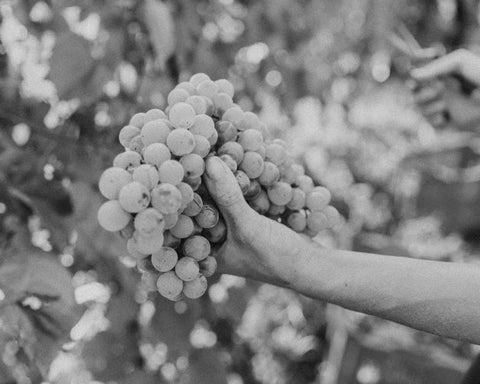
What is natural wine?
Natural wine is a type of wine made in small batches from hand-harvested organic or biodynamic grapes with minimal intervention in the cellar.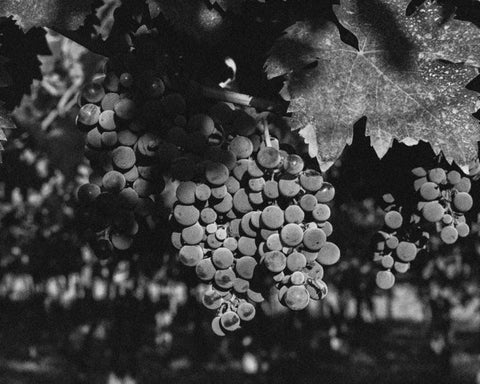
What is Biodynamics?
Biodynamic wine is wine made with grapes farmed biodynamically. Biodynamic farming is a holistic approach to farming.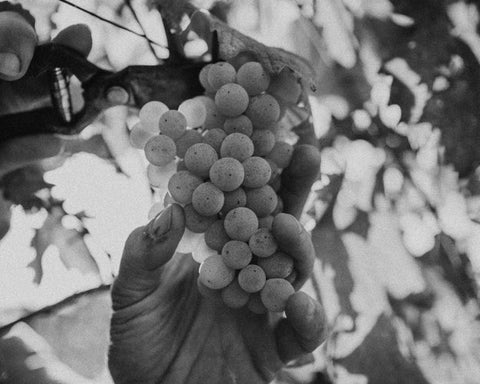
What is organic wine?
Organic wine is made with grapes farmed organically. Organic farming is a type of farming alternative to conventional farming.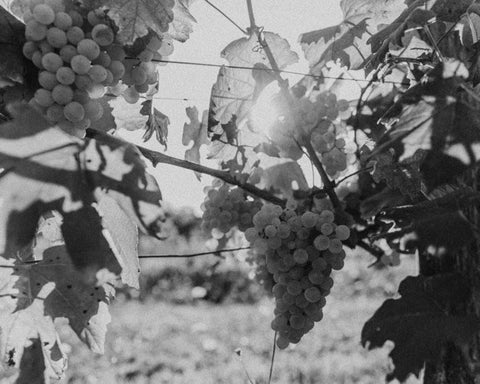

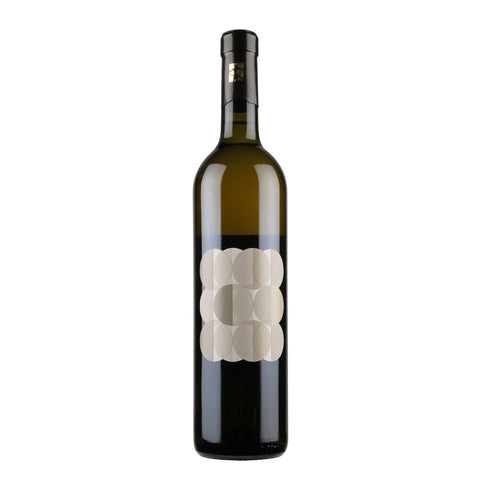
 Wine Details & Food Pairings
Wine Details & Food Pairings